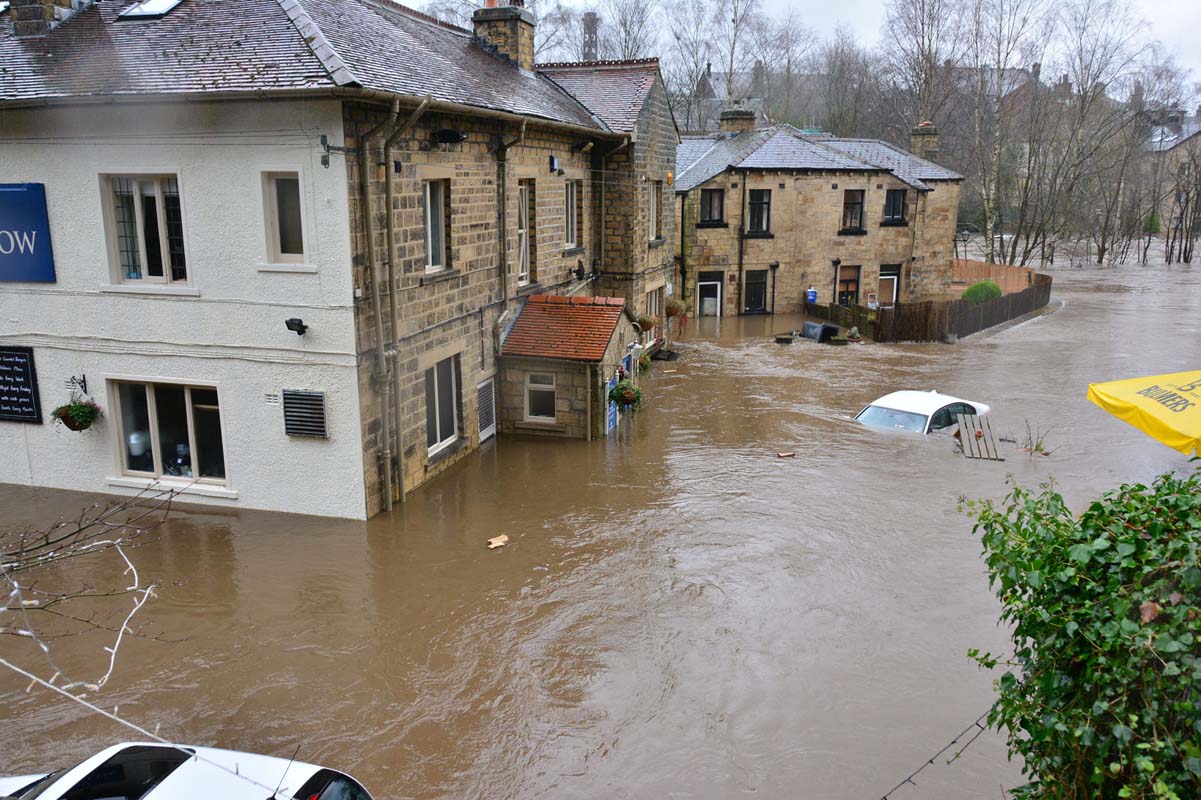
403
Sorry!!
Error! We're sorry, but the page you were looking for doesn't exist.
Flash Floods Destroy India, Pakistan
(MENAFN) Severe rainstorms and sudden flooding wreaked havoc across sections of India and Pakistan on Friday, leading to the loss of over 280 lives and leaving many more unaccounted for, according to statements from officials in both countries.
Emergency teams managed to relocate approximately 1,600 people from two mountainous regions spanning both nations.
The flooding on Friday followed an intense cloudburst that had struck the village of Chasoti in the Indian union territory of Jammu and Kashmir a day earlier.
This event claimed 46 lives and inflicted significant destruction, as reported by a news outlet.
The deluge washed away a temporary market, a public kitchen, a military checkpoint, along with 16 homes, multiple government offices, three temples, four water-powered mills, a 30-meter-long bridge, and over a dozen vehicles.
Jammu and Kashmir’s Chief Minister, Omar Abdullah, confirmed on Friday that the number of casualties had risen to 60, while roughly 75 individuals remained missing.
The extreme weather conditions quickly moved northward and into northwestern Pakistan, fueled by abrupt and powerful rains.
These floods led to extensive devastation, causing injuries to dozens and displacing thousands—particularly impacting Pakistan’s Khyber Pakhtunkhwa province, as noted by a news agency.
A spokesperson for the provincial emergency service in Khyber Pakhtunkhwa informed the news agency that rescue teams toiled for several hours to extract 2,000 tourists stranded due to flash floods and mudslides.
In response, Pakistan’s Prime Minister, Shehbaz Sharif, has commanded the evacuation of visitors and all those affected by the disaster.
Emergency teams managed to relocate approximately 1,600 people from two mountainous regions spanning both nations.
The flooding on Friday followed an intense cloudburst that had struck the village of Chasoti in the Indian union territory of Jammu and Kashmir a day earlier.
This event claimed 46 lives and inflicted significant destruction, as reported by a news outlet.
The deluge washed away a temporary market, a public kitchen, a military checkpoint, along with 16 homes, multiple government offices, three temples, four water-powered mills, a 30-meter-long bridge, and over a dozen vehicles.
Jammu and Kashmir’s Chief Minister, Omar Abdullah, confirmed on Friday that the number of casualties had risen to 60, while roughly 75 individuals remained missing.
The extreme weather conditions quickly moved northward and into northwestern Pakistan, fueled by abrupt and powerful rains.
These floods led to extensive devastation, causing injuries to dozens and displacing thousands—particularly impacting Pakistan’s Khyber Pakhtunkhwa province, as noted by a news agency.
A spokesperson for the provincial emergency service in Khyber Pakhtunkhwa informed the news agency that rescue teams toiled for several hours to extract 2,000 tourists stranded due to flash floods and mudslides.
In response, Pakistan’s Prime Minister, Shehbaz Sharif, has commanded the evacuation of visitors and all those affected by the disaster.

Legal Disclaimer:
MENAFN provides the
information “as is” without warranty of any kind. We do not accept
any responsibility or liability for the accuracy, content, images,
videos, licenses, completeness, legality, or reliability of the information
contained in this article. If you have any complaints or copyright
issues related to this article, kindly contact the provider above.
Most popular stories
Market Research

- New Crypto Mutuum Finance (MUTM) Nears $17 Million Raised Ahead Of October
- Seascape Launches First Tokenized BNB Treasury Strategy On Binance Smart Chain
- B2PRIME Accelerates Institutional Expansion With Strategic Hires From Isam Securities
- VUBE Exchange Announces Unified Account Integration Across VUBE Pro, VUBE Plus, And VUBE Max
- Dubai At The Centre Of Global Finance: Forex Expo 2025 Redefines The Trading Landscape
- Bitmex Study Finds Cryptocurrency Funding Rates Positive 92% Of The Time, Revealing A Structural Market Bias



















Comments
No comment